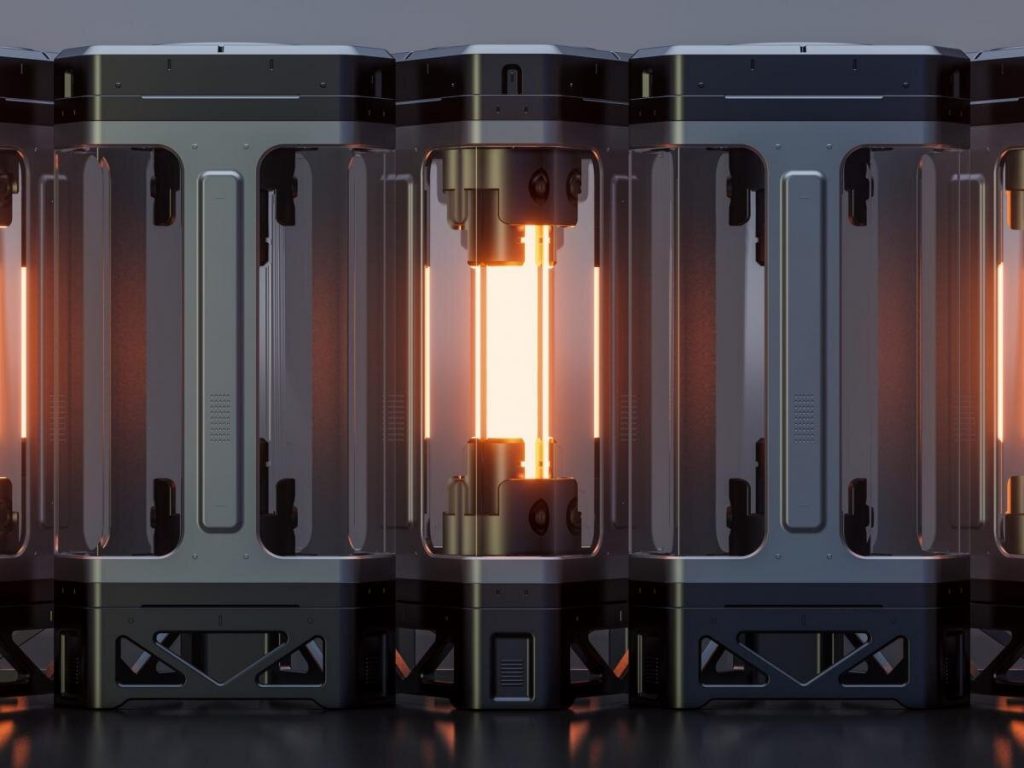A team of scientists has demonstrated the quantum mechanical principle of super absorption that underpins quantum batteries in a proof-of-concept device. This is the first time it has been done.
“Super absorption is a quantum collective effect where transitions between the states of the molecules interfere constructively,” James Quach, corresponding author of the study, told New Atlas. “Constructive interference occurs in all kinds of waves (light, sound, waves on water), and occurs when different waves add up to give a larger effect than either wave on its own. Crucially this allows the combined molecules to absorb light more efficiently than if each molecule were acting individually.”
In a quantum battery, this phenomenon would have a very clear benefit. The more energy-storing molecules you have, the more efficiently they’ll be able to absorb that energy.
To create their test device, the researchers placed an active layer of light-absorbing molecules – a dye known as Lumogen-F Orange – in a microcavity between two mirrors.
“The mirrors in this microcavity were made using a standard method to make high-quality mirrors,” explained Quach. “This is to use alternating layers of dielectric materials – silicon dioxide and niobium pentoxide – to create what is known as a ‘distributed Bragg reflector.’ This produces mirrors that reflect much more of the light than a typical metal/glass mirror. This is important as we want the light to stay inside the cavity as long as possible.”
Afterward, the team used ultrafast transient-absorption spectroscopy to measure how the dye molecules were storing the energy and how fast the device was charging. As the number of molecules increased, the charging time decreased due to super absorption.
This development can be promising for practical quantum batteries, making for fast-charging electrical vehicles or energy storage systems that can deal with bursts of energy from renewable sources.
“The idea here is a proof-of-principle that enhanced absorption of light is possible in such a device,” Quach told us. “The key challenge though is to bridge the gap between the proof-of-principle here for a small device and exploiting the same ideas in larger usable devices. The next steps are to explore how this can be combined with other ways of storing and transferring energy, to provide a device that could be practically useful.”
The research was published in the journal Science Advances.

